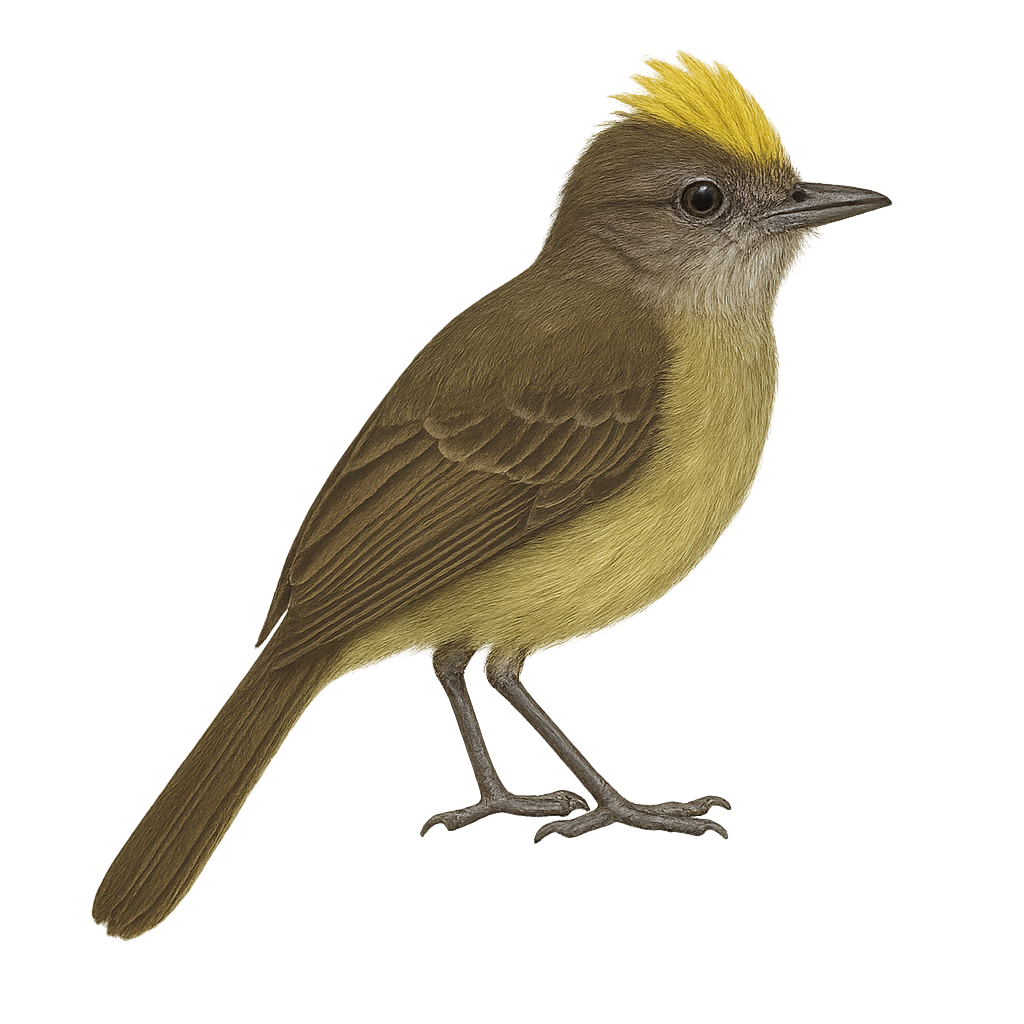Your wildlife photography guide.
Explore the greenish elaenia in detail, study its behavior, prepare your shots.
Where to observe and photograph the greenish elaenia in the wild
Learn where and when to spot the greenish elaenia in the wild, how to identify the species based on distinctive features, and what natural environments it inhabits. The WildlifePhotographer app offers tailored photography tips that reflect the greenish elaenia’s behavior, helping you capture better wildlife images. Explore the full species profile for key information including description, habitat, active periods, and approach techniques.
Greenish Elaenia
Scientific name: Myiopagis subplacens

IUCN Status: Least Concern
Family: TYRANNIDAE
Group: Birds
Sensitivity to human approach: Suspicious
Minimum approach distance: 10 m
Courtship display: March to May
Incubation: 15-16 jours
Hatchings: March to June
Habitat:
Tropical forests, subtropical forests, wooded areas
Activity period :
Primarily active during the day, with peak activity in the morning and late afternoon.
Identification and description:
The Greenish Elaenia, Myiopagis subplacens, is a small passerine bird belonging to the Tyrannidae family. It is primarily found in the tropical and subtropical forests of South America, particularly in Colombia, Ecuador, and Peru. This bird is characterized by its olive-green plumage on the back and lighter underparts, with slightly darker wings. Its short, straight bill is well-suited for its diet, which mainly consists of insects and fruits. The Greenish Elaenia is a diurnal bird, most active in the morning and late afternoon. It is often seen alone or in small groups, moving nimbly through the canopy in search of food.
Recommended lens:
400 mm – adjust based on distance, desired framing (portrait or habitat), and approach conditions.
Photography tips:
To photograph the Greenish Elaenia, it is advisable to use a 400mm lens or longer to capture precise details without disturbing the bird. Look for areas where the bird is active, such as tropical and subtropical forests. Be patient and discreet, as this bird can be suspicious. Try photographing early in the morning or late afternoon when the light is soft and the bird is most active. Use a tripod to stabilize your camera and achieve sharp images.
The WildlifePhotographer App is coming soon!
Be the first to explore the best nature spots, track rutting seasons, log your observations, and observe more wildlife.
Already 1 432 wildlife lovers subscribed worldwide

